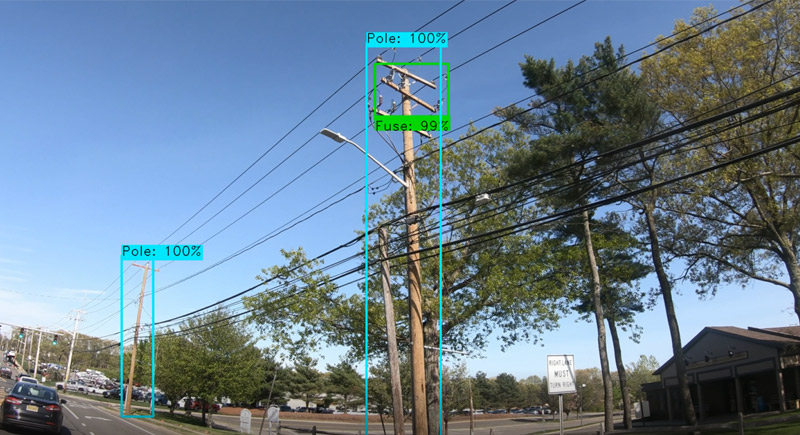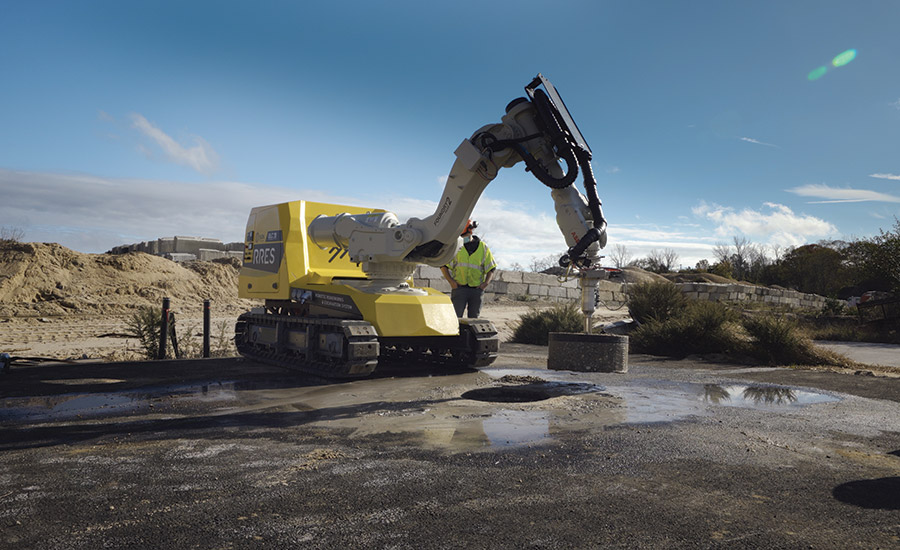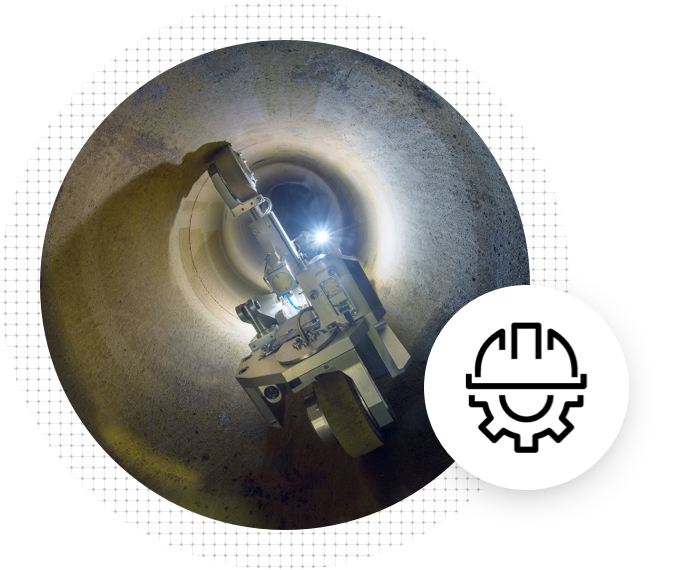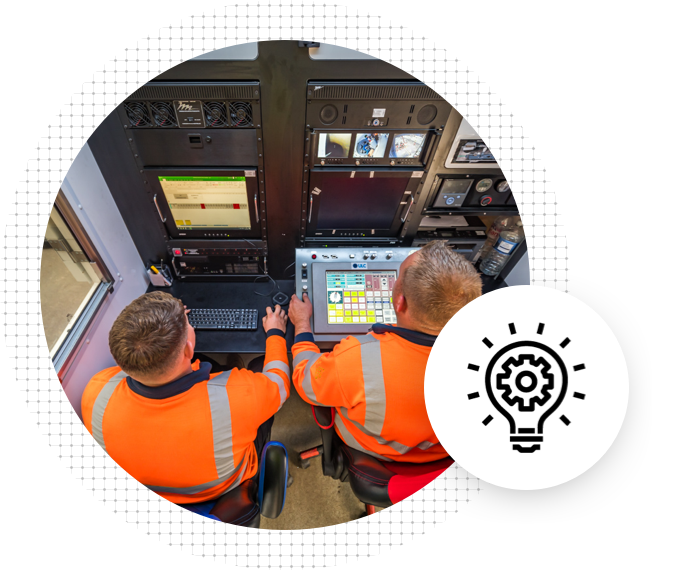In a process typically surrounded by guesswork, water infiltration in gas distribution mains continue to be a headache for every facet of a gas utility and gas customers. Camera systems designed to launch into and operate in live gas mains have proven to reduce this guesswork—allowing gas utilities to more efficiently locate and remove the water and restore service to customers faster. Below are just a handful of ways camera systems and new technology help improve the post-flood recovery process.
Water Infiltration: Efficient Excavations
When attempting to excavate over the point of standing water after flooding, an inaccurate excavation location can be a costly setback in recovery efforts. By using a camera system such as the patented PRX250, gas utilities can access hundreds of feet of gas main from a single excavation to seek out the exact location of standing water. This allows excavations to be accurately placed for more efficient water removal.
Water Infiltration: Locating and Removing Water
Unlike the process of trying to push hoses inside the gas main, new technology offers a single tool that offers a real-time view inside the main and a means of removing the water. The DWX200 Dewatering Camera System enters the main and travels hundreds of feet to the point of standing water. Once the camera is submerged underwater, water can removed from the main by connecting the DWX200 to a vacuum truck or other pumping system.
The result is a more efficient flood response, fewer excavations, fewer taps and faster restoration of gas service to customers.
Water Infiltration: Monitoring and Verifying Water Removal
As resources, equipment and personnel are in the process of removing water from gas mains, cameras allow utilities to monitor progress and verify that mains have been completely cleared of water. When all the water is not removed, the pressure of the main can push the water to other areas of the main, resulting in ongoing pressure issues, additional excavations and use of resources.
Identifying Low Points and Additional Locations for Drip Pots
The real-time view provided by camera systems during flood recovery enables gas utilities to record exactly where water collects inside the gas mains. This information can be used in future flood recovery efforts and to identify potential locations for drip pots and other means of hardening pipeline systems against future floods.
Managing Resources During Flood Recovery
Knowing and understanding the location of standing water and how much is less helps gas utilities better manage limited resources during the flood recovery process. Equipment, machinery, contractors and personnel can be moved based on real-time data and information — not based on guesswork.











